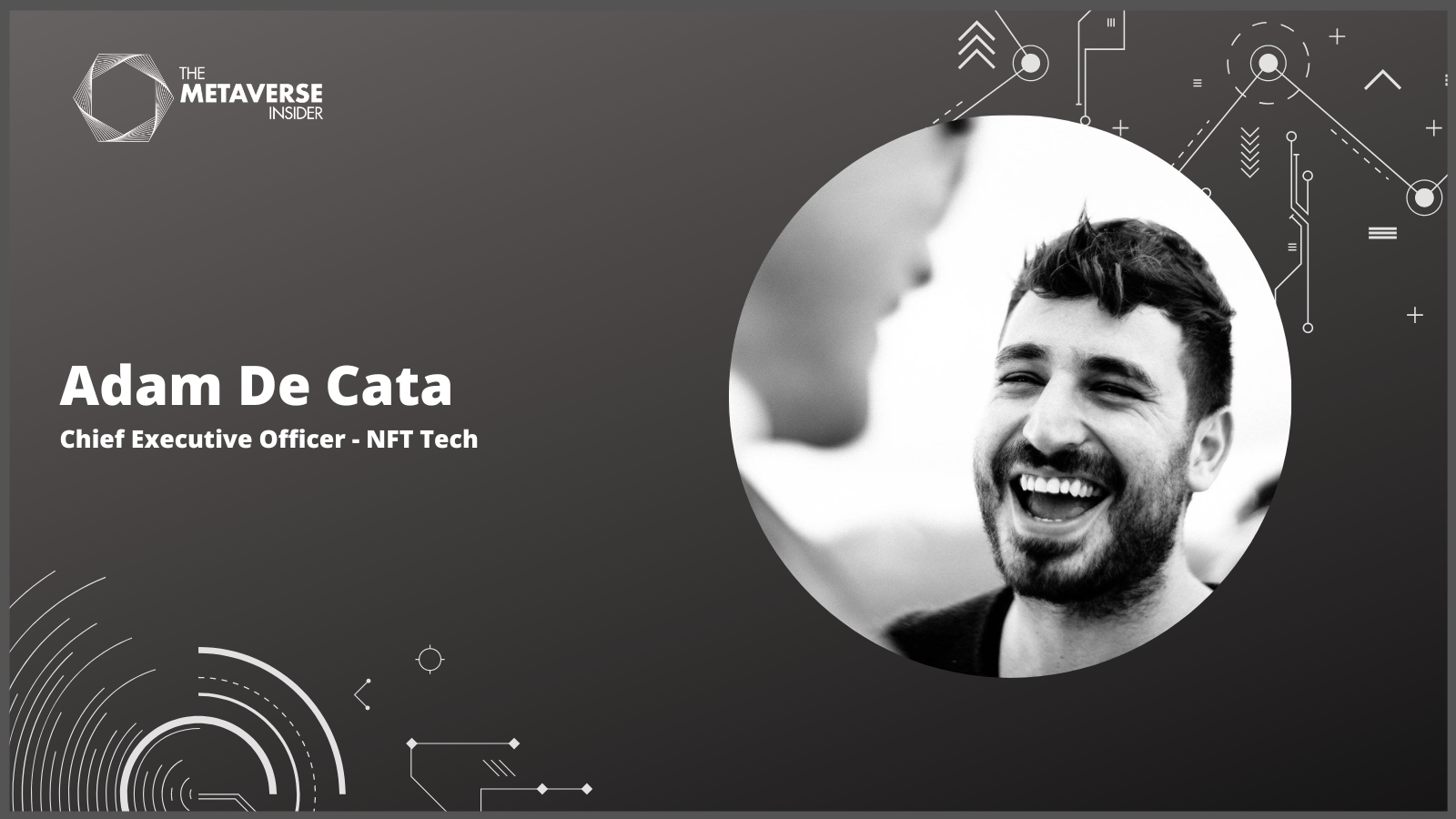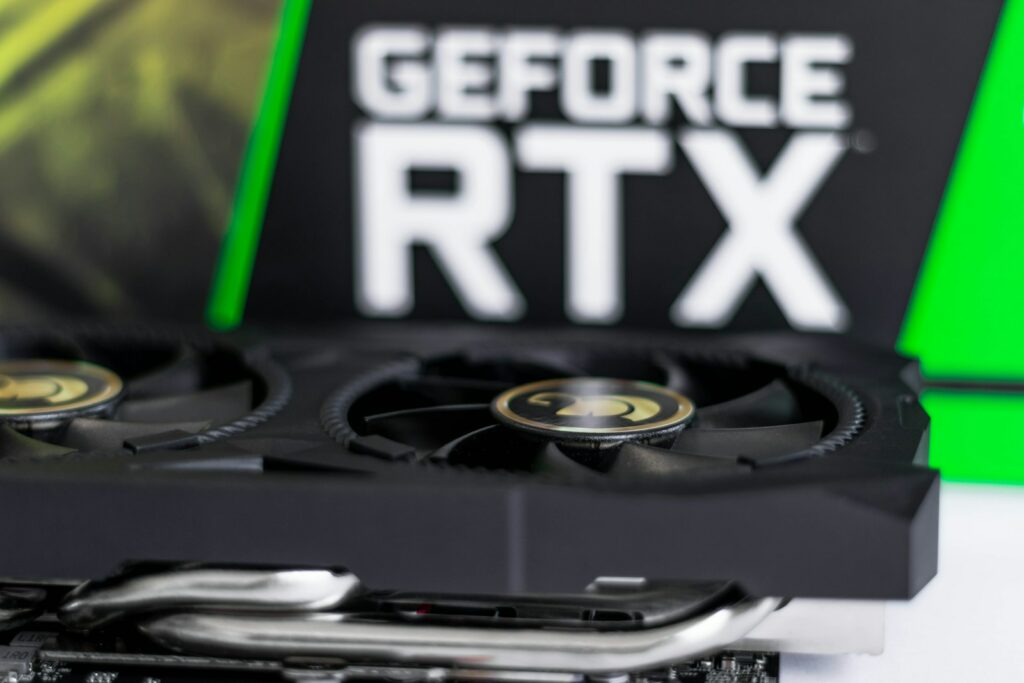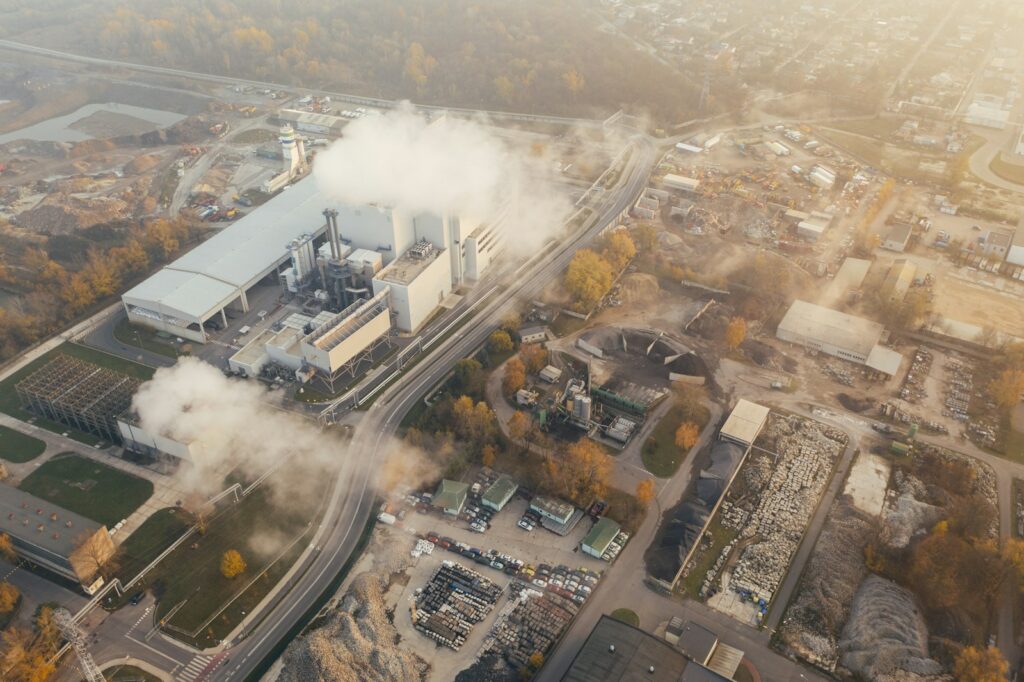Over the past year, Non-Fungible Tokens and digital art have gained much traction. Sales of NFT projects that were mainly digital art collections primarily provided some utility or benefits of ownership. Many prominent brands took notice of the rising popularity of these digital assets. They delved into this space by launching NFT collections or creating a virtual space in metaverses like Sandbox and Decentraland. NFT Tech is a technology company that helps brands by providing research and insight into digital ownership.
The company has recently had some significant developments as it went public. The organization has also appointed Adam De Cata as the new CEO. NFT Tech also acquired Run it Wild, a Web3 company founded by Adam.
Metaverse Insider had the chance to talk to Adam about his new role at NFT Tech and the metaverse and NFT market in general. Adam has insight into the emerging Web3 technologies with a background as a Head of Partnerships at Decentraland and starting his Web3 organization, Run It Wild. The conversation with Adam provided great insight into the metaverse and NFT space.
Adam started his chat by talking about Decentraland and the significance of decentralization.
“Decentralization is such an interesting topic. That ethos that it stands for is super empowering to think that this is like a mini human experiment of kinds to see what happens when you give a project and governance to the community. Not many people realize that the foundation could potentially be the plug could be pulled out of the socket, and the platform can still run. The servers and voting rights are owned by the community. So, it’s really intriguing. I was just so inspired to see what was being created. Maybe this was the internet that was we were destined for, in many ways, rather than to be seen as just virtual experience.”
Adam understands the concept of decentralization very well and has an in-depth understanding of the future of the metaverse, so I took this opportunity to ask him about the future of the metaverse.
“It might seem very different from what you see today. We have so many different peer to peer social platforms, from Instagram, to Facebook, to Twitter, Snapchat, , TikTok, LinkedIn. All those social platforms connect to different communities with different content. Whilst we continue to evolve, and whilst technology continues to build, I feel like there will be different platforms for different users and different experiences.”
“I think the mission of having an interoperable Metaverse is something that comes with its own challenges. Limited by the technology in many cases, because of the protocols that exist there. Like the Ethereum, or a Layer 2 protocol, it’s relatively easy but as you start to bridge different protocols, and that needs to continue to be explored. It also is then dependent to all the different platforms that are building and allowing them to have a very similar vision to what that of Decentraland has been, and it’s totally fine. If it doesn’t, it’s just a different community for different content, we really need all the metaverses to do well.”
“I want to see Meta do well because that will help bridge the gap. And help people sort of see where it could be next. I think the mission here is time in many understand and respect where things are at, and also being trained to see the value.”
The concept of peer-to-peer platforms and multiple Metaverses is interesting. The metaverse community has been shaped by movies like Ready Player One, which shows that there will be a singular platform which everyone uses. However, the more I talk to market experts like Adam De Cata and Jason Brink, the more I realize that there may be one platform, just like we see more than one social media platform today.
Adam De Cata has recently transitioned to the CEO role of NFT Tech. So I asked him to talk about the organization and what made him take on this role.
“NFT Tech is super intriguing. It needed to take a lot for me to think about a public market. Having that front row seat allowed me to understand how much of a bubble this community is. What’s inspiring about where NF T Tech and our mission and objective is, is around, onboarding, the next billion users into the space in many different ways. It’s going to come from these Fortune 500 brands”
Seeing a company like NFT Tech working solely to increase NFT adoption and onboard new people is intriguing. Hence, I asked Adam what the use cases of NFTs will be in the future. Will they be more than just digital art?
“I don’t think we’re too far off in many cases of building and exploring these things. We need to reflect on who would have thought, a decade ago, that a QR code that needed to read the QR code run would now be our automatic signing for a lot of our applications on our desktop. It’s crazy to see a different use case, not too dissimilar. But, you know, the purpose of it has worked out itself. Hand on heart, the weird part of it is that, you know, I am far from the day trader but I’ve been in crypto for a long time, and really appreciate how the technology is made something like this actually happened. I think looking at that, in the period of time where we’re at today, I don’t see this too dissimilar from the ICO days back in 2017. In hindsight, it’s a beautiful thing because what we’ve seen within the internet, the early 2000s, and the amount of browsers and the amount of users, where it is today.”
“I feel like the one part is that brands start to work with companies like NFT Tech, to help them and guide them whilst learning and exploring all of this in real time. I think, being on the other side of the fence, I’ve sort of seen how difficult it is to have amazing people come through a studio to develop and evolve their learning and their application of what they know, into Web3. That takes time. And I feel like the projects that need to come out need to really start to explore the utility that everyone continues to talk about, but really doesn’t action. I think that’s the inspiring part of all of this is it’s totally possible.”
Adam and NFT Tech are looking to take the lead in adopting the NFT space and help organizations adapt to this technology. However, I asked him why he thought the company had to go public relatively early.
“NFT ticker is, you know, like, prime real estate! We have a trend. Part of this is that the public markets and the way that we’re structured, and the way that we’re set can be super rewarding to not only the brands and our clients and everything else that we work on to build that trust. Also on the other side of the fence where from a shareholder standpoint, it can exist in a way that the value is there too. I think for us it’s, it was a no brainer because it’s first of its kind. It wasn’t an easy thing to do, either.”
NFT Tech deals with many traditional and Web2 companies looking to expand in the Web3 space. I asked Adam if he had received any pushback from these organizations.
“I think it’s left to how open the teams are and how qualified they are as well. And that’s important for us to qualify them so that we can work on if they’ve ever opened a wallet or been on OpenSea. Like you’d be super surprised about how many people haven’t done that. It’s a lot more than you would think.”
“We have a lot of creative freedom with traditional companies. The brands need to be just as open minded to needing to explore it and understand (this space). So, you know, it’s not just so much about brands, testing the waters and, you know, then running away or working on a project that doesn’t have to have a utility roadmap. There needs to be a purpose. And I think that’s we explore with them to then work out how we then build something or not.”
Traditional brands are trying to connect with companies like NFT Tech, which can help them transition into the Web3 space.
I asked Adam whether this feels a lot like the dot com bubble where people are trying to be a part of the metaverse and NFT but might not make it.
“I think the part here is that there is a very low supply of great teams. So what’s similar is that back then when websites would cost an exorbitant amount because there was limited talent that was available. It didn’t always have the consistency of great projects out in the market. You just had to reflect even five years ago, six years ago, with YouTube’s UI. I couldn’t even search something correctly. But now it’s amazing. I think we need to sort of define that the dot com crash was. The dot com crash was for many purposes. I think crypto and blockchain has its own challenges. I think mainstream adoption has uninformed responses to a lot of things like, the ICO challenges money laundering, which I’m so tired of hearing, but, you know, there’s no difference to what we deal with in IRL.”
“When we saw the adoption with the internet was when smartphones enabled the browser. I think that that’s a powerful notion, because we haven’t necessarily seen that yet. There are multiple different angles to all of it. I just think that as a community, we should all try and be as educated as we can be with what’s happening in front of us in terms of the technology that has been created. You don’t want to be that person that, like my uncle, that doesn’t want to download WhatsApp. Because it’s just a new year still texting me. I think people in general should strive to learn and educate themselves about it and make informed decisions.”
“Its inevitable that it’s going to exist, it just may not be known as NFT. It might be just around digital ownership, which is still hard enough to wrap your head around. But it means a lot to a lot of people already, not just like those that are buying but the greater economy in general. Like I think that’s super empowering. There’s so much to do with it all.”
Metaverse Insider would like to thank Adam De Cata for his insight. Adam provided some fantastic insight into the fast-evolving NFT market. We wish him the best of luck at his new role at NFT Tech.



















